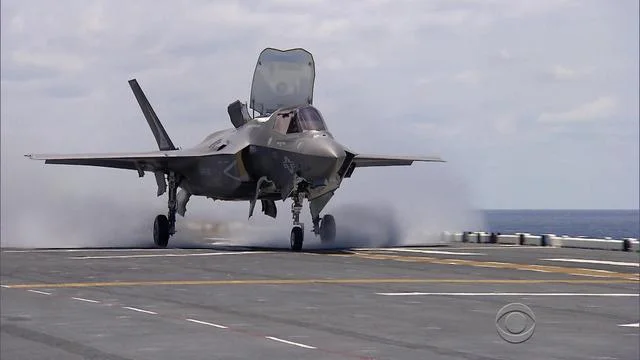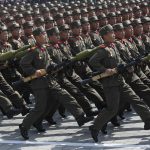In a defense budget plan that signals a clear shift in priorities, former U.S. President Donald Trump is calling for more investment in cutting-edge weapons and a stronger focus on troop support — while scaling back on big-ticket fighter jets and Navy ships.
At nearly $893 billion, Trump’s proposed budget for national defense in 2026 keeps overall spending steady compared to the previous year. But how that money is being allocated tells a different story.
Instead of pouring funds into traditional military assets like F-35 fighter jets and warships, Trump is channeling resources into high-tech drones and long-range missiles — systems that have proven highly effective in modern combat scenarios, particularly in conflicts like the war in Ukraine. The Pentagon’s goal: prepare for future threats, especially from China in the Indo-Pacific region, and ensure America’s military edge in next-generation warfare.
Troops are also a priority. Trump’s budget includes a 3.8% pay raise for military personnel — a move likely to be welcomed by service members and their families. However, to help fund these changes, the plan also recommends retiring aging ships and aircraft that are expensive to maintain. It would also cut over 7,200 civilian jobs in the Navy, signaling a leaner, more technology-focused force.
Perhaps the most notable cuts come in the form of fewer purchases of the F-35 fighter jet. Trump is asking for just 47 — a significant drop from the 68 requested under President Biden. Congress, however, may have other plans. Lawmakers on the House Appropriations Committee have already drafted a bill proposing to buy even more F-35s than Biden wanted.
Still, Trump’s defense budget isn’t without controversy. While it pulls back on some weapon systems, it boosts funding for a highly debated missile shield program — the so-called “Golden Dome” — included in a separate budget push that already passed the House as part of the “One Big Beautiful Bill Act.”
The plan also calls for bigger investments in small, inexpensive drones. These unmanned aircraft have shown their value on modern battlefields and are now seen as essential tools in America’s evolving defense playbook.
As the budget now heads to Congress, the debate is just beginning. What’s clear is that Trump’s vision for the military looks different: faster, smarter, and more focused on tomorrow’s battles than yesterday’s.








